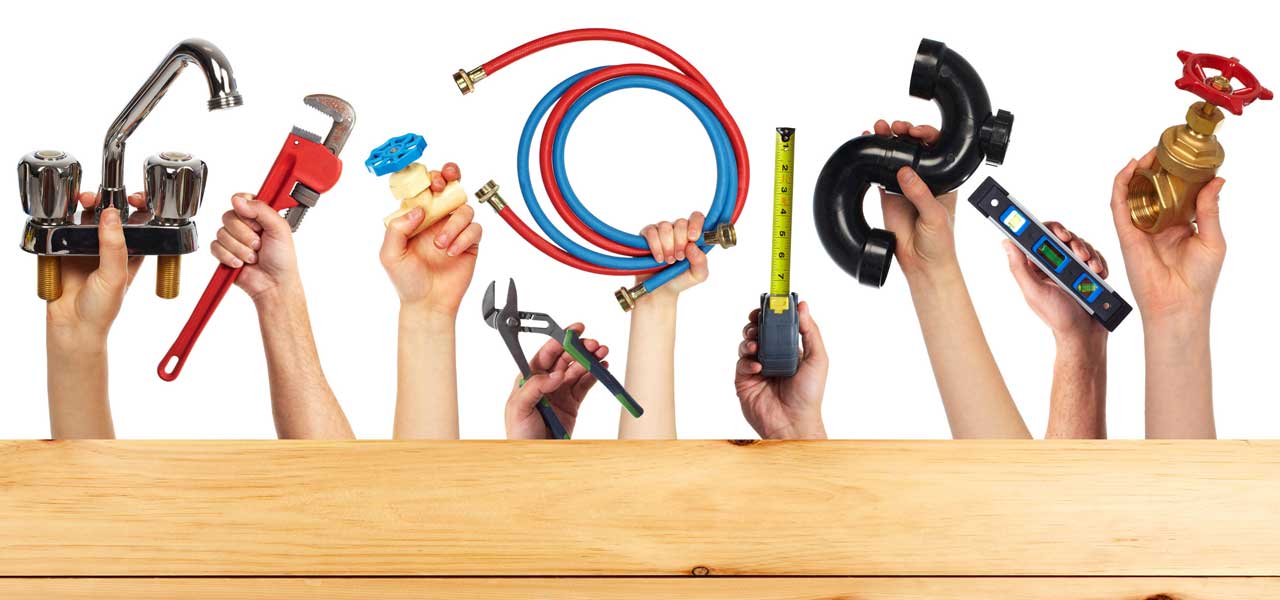Methods to Stop Common Plumbing Issues in Your Home
Methods to Stop Common Plumbing Issues in Your Home
Blog Article
The content listed below about How to Deal With and Prevent Common Plumbing Problems is incredibly engaging. Don't bypass it.

Introduction
Preserving a functional plumbing system is essential for a comfy home. By taking safety nets, you can avoid usual plumbing problems that may interrupt your every day life and incur expensive repairs.
Screen Water Pressure
Watch on your water stress to prevent stress on your pipes and devices. High water pressure can lead to leaks and damages in time. Take into consideration setting up a stress regulator to preserve optimum water stress throughout your home.
Educate Family Members
Enlighten every person in your household about proper plumbing methods. Teach them what should and shouldn't be flushed or taken care of down the drain to prevent avoidable plumbing issues.
Protect Pipes from Freezing
Throughout cold weather, take steps to prevent your pipelines from cold. Insulate exposed pipes, specifically those in unheated areas like cellars and attic rooms. Enable taps to drip throughout freezing temperatures to stop water from freezing in the pipes.
Address Leakages Quickly
Resolve any type of leaks or trickles as soon as you observe them. Even small leaks can drainage and cause damages to your home in time. Tighten up loose installations or replace damaged seals to prevent leaks from intensifying.
Regular Upkeep Checks
Regularly evaluating your plumbing system is necessary for identifying potential concerns before they rise. Check pipelines, faucets, bathrooms, and appliances for leaks, corrosion, or signs of deterioration.
Watch What You Flush
Bear in mind what you flush down your toilets. Stay clear of flushing things such as wipes, cotton spheres, hygienic items, and paper towels, as these can trigger obstructions and backups in your pipelines.
Appropriate Disposal of Grease and Food Waste
Dispose of oil, oils, and food scraps properly to avoid buildup in your pipes. Stay clear of pouring oil away, as it can solidify and create obstructions. Make use of a strainer in your kitchen area sink to capture food bits and empty it regularly.
Be Mild with Plumbing Components
Stay clear of using excessive pressure when operating plumbing components such as taps and shutoffs. Rough handling can create deterioration, causing leaks and other malfunctions.
Normal Drain Cleansing
Arrange regular drainpipe cleaning to prevent build-up of hair, soap residue, and various other debris. Make use of a drain snake or enzymatic cleaner to get rid of blockages and keep smooth drainage.
Install Water Softeners
Take into consideration mounting a water softener if you have difficult water. Difficult water can cause mineral accumulation in your pipes and home appliances, bring about minimized water flow and efficiency.
Final thought
Protecting against typical plumbing issues in your house calls for persistance and normal maintenance. By complying with these preventive measures, you can make sure that your plumbing system operates smoothly and avoid costly fixings in the future.
Expert Tips for Preventing Common Plumbing Issues
Keep Drains Clear and Functional
Regularly clean drain covers and hair-catching devices to eliminate debris and prevent buildup. Avoid disposing of grease, oil, or coffee grounds down your drains, as they can congeal and accumulate over time, creating obstructions. Consider using a biodegradable drain cleaner periodically to break down organic matter and maintain clear pipes. Prevent and Identify Leaks Early
Regularly inspect visible plumbing connections, pipes, and fixtures for signs of moisture or corrosion. Fix loose connections or replace damaged components as needed. Install water leak sensors in high-risk areas such as under sinks, near water heaters, and around washing machines to provide early warning of potential leaks. Monitor your water bill for sudden increases in usage, which may indicate a hidden water leak. Protect Plumbing from Freezing Temperatures
Allow faucets to drip slightly during extremely cold weather to prevent freezing and pressure buildup inside the pipes. Seal gaps and openings in walls, doors, and windows near plumbing to prevent drafts from reaching your pipes. Maintain Optimal Water Heater Performance
Schedule annual professional maintenance of your water heater, including checking pressure-relief valves, flushing sediment buildup, and inspecting for corrosion or leaks. Maintain the manufacturer-recommended temperature setting, typically around 120°F (49°C), to optimize energy efficiency and prevent scalding. Consider installing an expansion tank in your system if you have a closed-loop water supply, which prevents excessive pressure buildup and potential water heater failure. https://www.climatecontrolkc.com/blog/plumbing/tips-for-preventing-plumbing-issues/

I came across that content about while scouting around the internet. Sharing is nice. Helping others is fun. Kudos for your time. Kindly pay a visit to our site back soon.
Go Deal Report this page